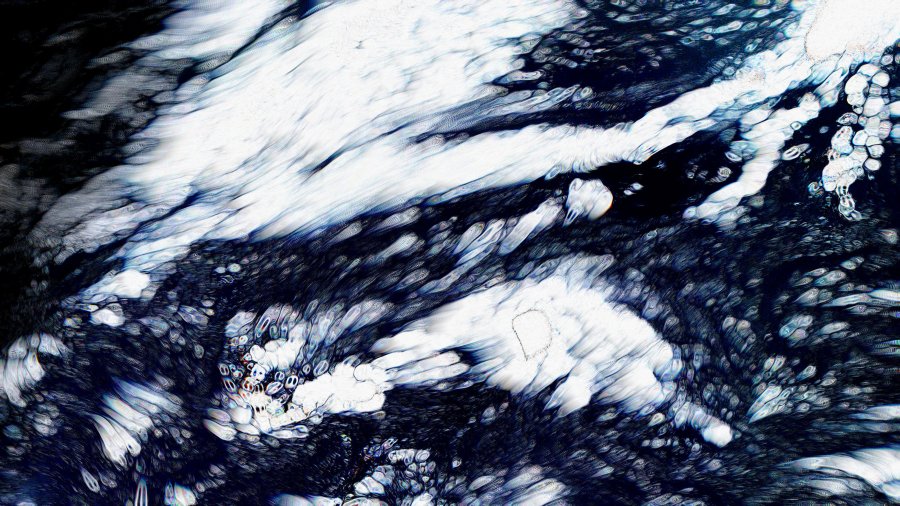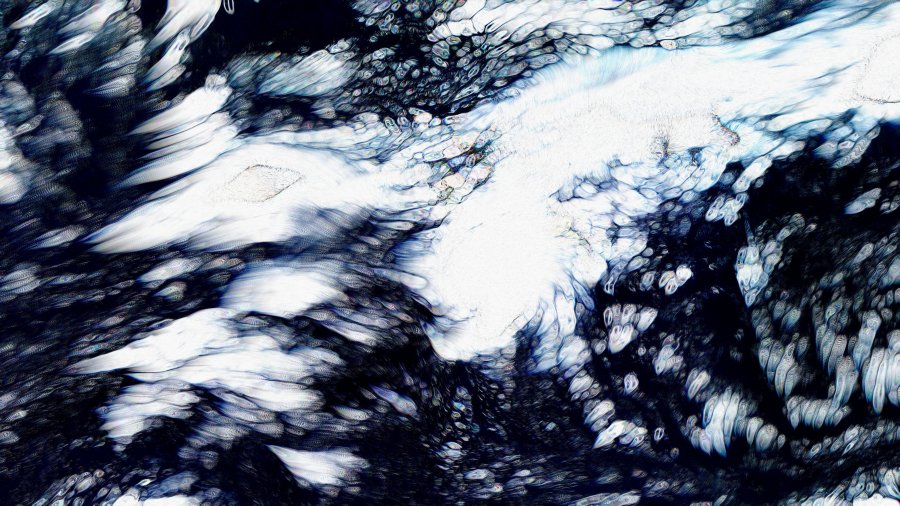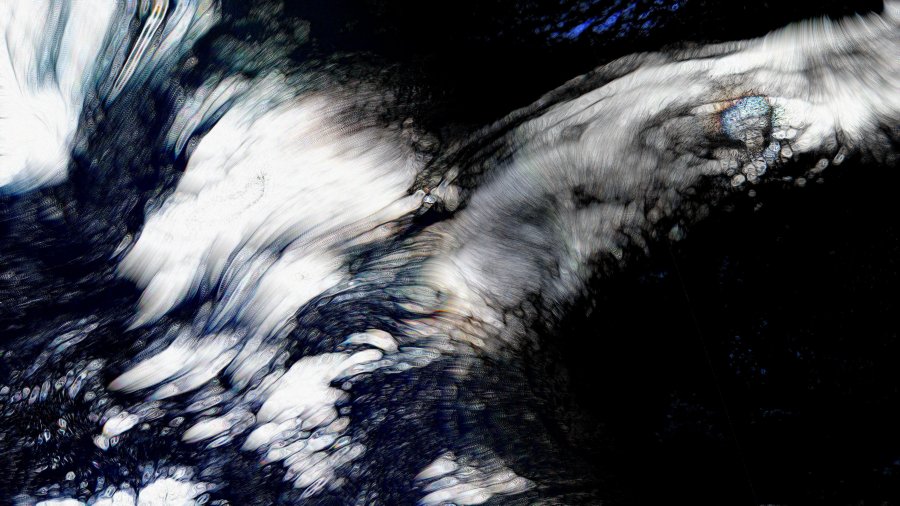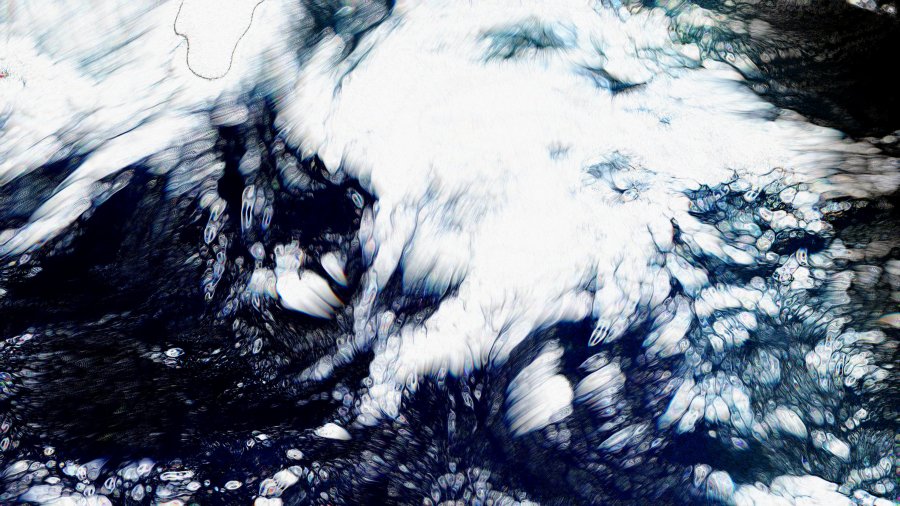Lot 238
MAGNA MUTATIO / YAMANEKO
2022
generative video, 4K, 00:06:05, NFT technology
| 2 083 €
| 2 917 €
Magna Mutatio / Yamaneko explores a tropical storm that occurred in the fall of 2022 from 13:00 on 10 November to 19:00 UTC+1 on 14 November, approximately 276 NM north of the coral atoll of Wake in the North Pacific Ocean. It was a tropical cyclone - an atmospheric formation in the form of a large-scale vortex with a characteristic eye in the centre - a so-called hurricane. Unlike previous works, Yamaneko focuses on immediate, current events. The tropical cyclone is a phenomenon quite unique in place and time. In the case of Yamaneko, it was less than five days. It is not a change of landscape, a development of a body of water, a transformation of the natural world. It is a phenomenon without human input. But it remains a driving force in the context of what is observed. At one point, due to the low air pressure and the heat released from the condensing water vapour, an enormous concentration of energy begins to form. Although the causes of the storm are de facto predictable in our observations, their course is not. The potential of the storm, an electro-static phenomenon, a relative meteorological anomaly, is not long-lived, it exhausts itself, calms down, and gradually and irreversibly disappears. If, as in the case of Yamaneko, it is a cyclone passing only over the ocean, nothing will be left of it. For some time, its effects will be reflected in other forecasts. Even its human-assigned name will be forgotten, since it originated, passed and disappeared completely outside human settlements. Magna Mutatio / Yamaneko is tracking a phenomenon that cannot be captured from the viewpoint of a single observer, nor from a single meteo-satellite. It is a dynamic phenomenon for which a sui generis algorithm has been developed that simultaneously composes datasets from multiple satellites simultaneously. Everything further interacts with each other within the set rules of the algorithm. In which water, earth and time become pigment. The resulting macro perspective then allows the entire phenomenon to be visualized. A loop that maps the entire genesis of the hurricane from birth to death in a short window. Kryštof Brůha is an intermedia artist working in Prague. His works explore distinctive environments and spaces, from the environmental to the technological and virtual. He focuses on the influences acting on these places and their overall transformation over time. This mapping of space and time through artistic artefacts offers the viewer a new perspective on reality. Brůha often uses scientific methods in his work, which is reflected in the aesthetics of his works. He uses specifically designed algorithms, generative design and machine learning during the evolution of each installation, and reverse engineering, Rapid Prototyping and CNC machines during the realisation. At the end of the process, original works of art are created in which we can observe the influence of technological and natural phenomena. He has been exhibiting since his studies at the Academy of Fine Arts in Prague, during which he completed internships at VŠUP and the Indonesian Institute of the Art. In addition to exhibitions in Prague galleries such as Pragovka Gallery (2021), Studio Prám (2020) and Atrium na Žižkově (2020), his works have been shown in Český Krumlov (as part of a residency at the Egon Schiele Art Centre in 2018) and Artemis Gallery in Lisbon, Portugal (2022). His short experimental films ("Prologue to Signum Supra" and "Resonare De INTER Solaris") were shown at the Ji.hlava IDFF. He received the Graphic Artist of the Year Award 2019 and 2021 in the category "computer" and "experimental graphics" respectively. At the NFT challenge of the Artefin Gallery, he won 1st place in the category of the Expert Jury Vote.
More works from auction
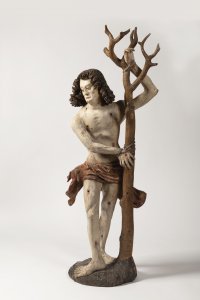
Lot 1 A SCULPTURE OF SAINT SEBASTIAN
Starting price150 000 CZK | 6 250 €
Price realized
230 000 CZK | 9 583 €

Lot 2 A SIX-ARMED MANNERIST CHANDELIER
Starting price650 000 CZK | 27 083 €
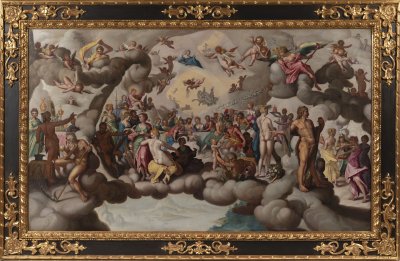
Lot 3 FEAST OF THE GODS
Starting price320 000 CZK | 13 333 €

Lot 4 A MANNERIST SANSOVINO FRAME
Starting price45 000 CZK | 1 875 €
Price realized
55 000 CZK | 2 292 €

Lot 5 A LARGE MANNERIST FRAME
Starting price290 000 CZK | 12 083 €

Lot 6 A RENAISSANCE TABLE
Starting price38 000 CZK | 1 583 €
Price realized
65 000 CZK | 2 708 €

Lot 7 A PAIR OF MANYRISTIC CHAIRS
Starting price12 000 CZK | 500 €
Price realized
33 000 CZK | 1 375 €

Lot 8 A RENAISSANCE CHEST
Starting price25 000 CZK | 1 042 €
Price realized
43 000 CZK | 1 792 €

Lot 9 CZECH CHRONICLE
Starting price36 000 CZK | 1 500 €
Price realized
190 000 CZK | 7 917 €
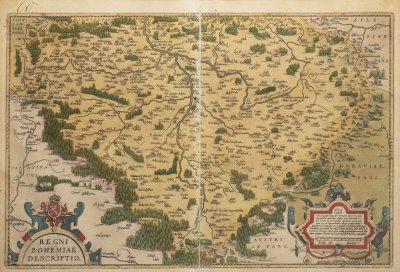
Lot 10 MAPS OF BOHEMIA AND MORAVIA
Starting price10 000 CZK | 417 €
Price realized
11 000 CZK | 458 €

Lot 11 EQUESTRIAN PORTRAIT OF RUDOLPH II.
Starting price10 000 CZK | 417 €
Price realized
37 000 CZK | 1 542 €

Lot 12 A MANUAL
Starting price18 000 CZK | 750 €
Price realized
70 000 CZK | 2 917 €

